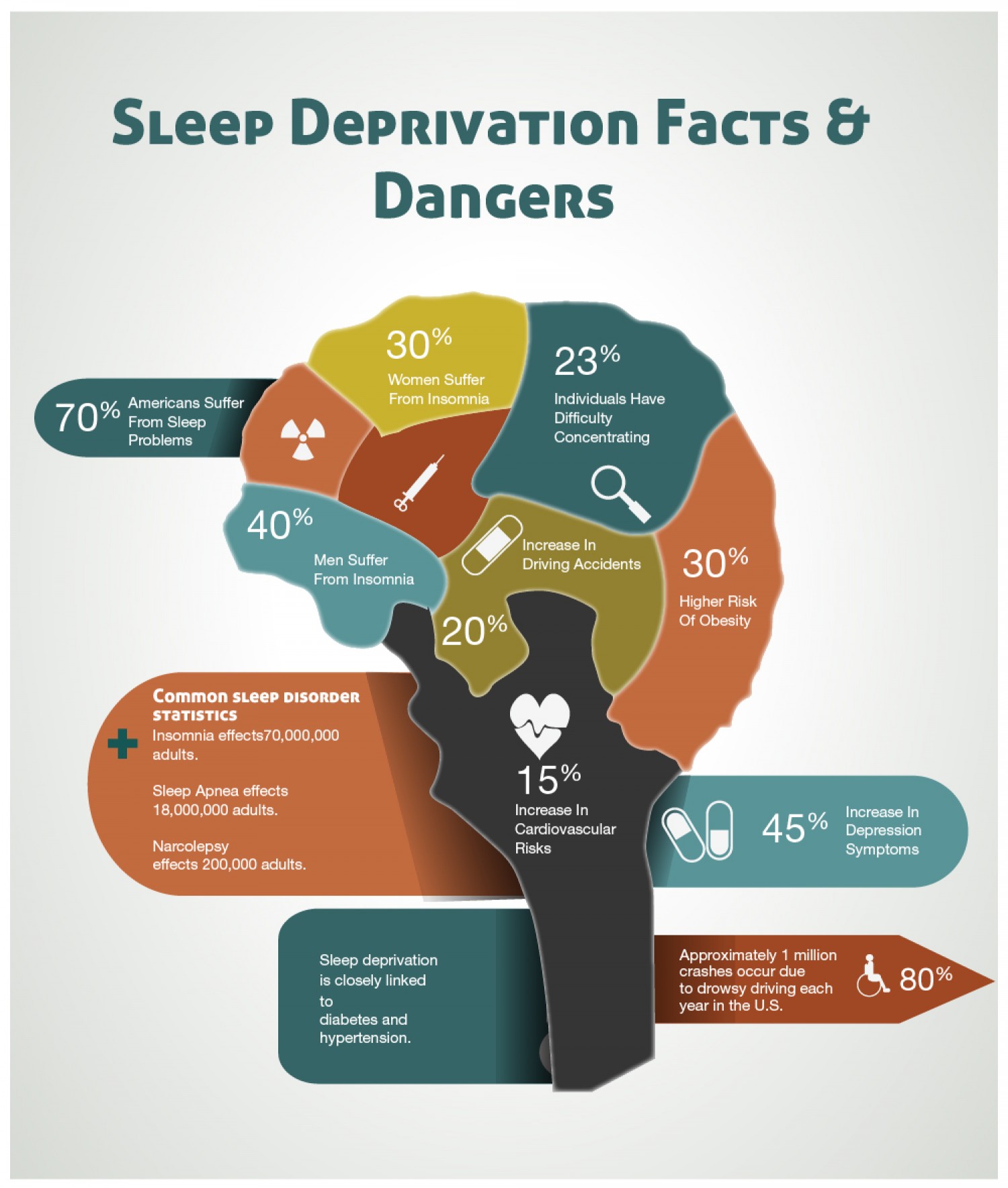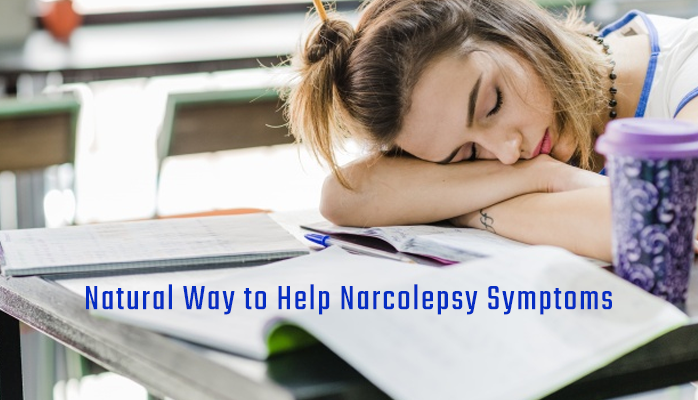What is Narcolepsy?
Narcolepsy is a sleep disorder characterized by a frequent and sometimes uncontrollable desire for sleep. It is incredibly disruptive for maintaining a normal sleep schedule and requires many accommodations for everyday activities.
About 75% of people with Narcolepsy will also suffer from what is called Cataplexy. Cataplexy is an episode in which strong emotion causes a sudden loss of muscle tone. Cataplexy is important because it determines if one has Type 1 or Type 2 narcolepsy. Type 1 narcolepsy presents with cataplexy whereas Type 2 does not.
Currently there is no cure for Narcolepsy.Primary Narcolepsy Symptoms
Sleep attacks
One of the most common symptoms of Narcolepsy is a sleep attack. A sleep attack is a sudden onset of extreme sleepiness. It feels similar to “hitting your wall” at night, except it will happen during the day without cause. Those with Narcolepsy can often feel their sleep attack coming, and are able to take measures to prepare for it.
Sleep attacks can be so extreme that sufferers can’t deny the sleep, and so they fall asleep suddenly. Essentially sleep attacks are REM sleep showing up when it’s not supposed to.
Cataplexy
Cataplexy, as discussed earlier, is an episode in which you receive sudden loss of muscle tone in response to strong emotion, causing slackness in your body. This slackness can be isolated to one area, such as your face, or it can happen to all of your body and cause to collapse.
A majority of people with Narcolepsy suffer from Cataplexy.
Sleep paralysis
Sleep paralysis causes temporary inability to move or speak right after waking up or right before sleep. It can last anywhere from a few moments to a minute, and naturally, is quite terrifying. Some people even report brief periods of being unable to breathe.
Hallucinations
About half of people with Narcolepsy will also experience vivid hallucinations before falling asleep or right after waking up, which will take the form of dream-like visions or delusions. They may involve several sensations at the same time as opposed to just visual experiences. This happens, to put it simply, because REM sleep shows up when it isn’t supposed to.
Sleep Deprivation
Sleep deprivation is also common is people who suffer from Narcolepsy. This is caused by irregular sleep patterns due to getting excess sleep during the day or because of measures taken to combat sleep attacks, such as excess coffee.

Common Treatments for Narcolepsy Symptoms
Common treatments for Narcolepsy often involve a lot of medications, and unfortunately medications don’t always affect people in the same way, meaning that success of these medications can vary wildly.
Beyond medications, people with Narcolepsy self-manage throughout the day. This requires additional measures and prohibitions that people without Narcolepsy don’t have to be concerned about. For example:
- Managing daily life will require “work around”, such as being able to take a nap at work if needed
- Coffee is a double edged sword, helping through sleep attacks but further inhibiting normalizing sleeping patterns
- Certain activities and jobs will be off limits such as surgeons, heavy equipment operators, or drivers
- Sleep partners should be aware of hallucinations and sleep paralysis, which can be scary for them if they don’t know how to identify and react to it
- For Cataplexy, Narcoleptics may need to practice exercises to avoid strong emotional reactions, such as meditation, yoga, breathing techniques, etc.
In order to receive a diagnosis, a sleep study is required.
Steps to Use Light Therapy to Help Narcolepsy Symptoms
People with Narcolepsy are highly susceptible to signals and triggers from both the internal and external environment. Internal triggers tend to be hormones, foods, and feelings. External triggers tend to be changes in the environment, particularly light.
Regulating external changes can help diminish the severity or frequency of Narcolepsy symptoms. Light therapy is an extremely effective form of this, and can make a marked difference. Here are the steps to do it:
- Track your sleep to get a baseline and understand your schedule - This can be done manually or with the assistance of technology, such as a fitness watch, smart phone app, or activity tracker.
- Plan a sleep schedule using your baseline to optimize your primary period of long sleep - A sleep schedule should include your bed time, your wake up time, and your nap time (if relevant) during the day. Again, it should complement and regularize your existing sleep habit.
- During the day, maintain constant light exposure with natural light and light therapy lamp. Light therapy lamps are inexpensive and can do a great job of simulating sunlight.
- Create an ideal sleeping environment. Ideal sleeping environments will help contrast your wake hours with sleeping hours, ensuring that you are maximizing natural biological reactions to changes in light (i.e., melatonin)
- Ideal sleeping environments include the following:
-
- Dark – use blackout curtains and ensure there are no unnatural sources of light in the room
- Cool room – ensure that your room is ~65 degrees
- No blue lights (electronics) in the hour before bed
- If it’s not sex or sleep, remove it from your room
- Ensure room is tidy
- Ensure room has nice smell
- Get a comfortable bed and pillow
These tips are intended to assist with both recognition and management of narcolepsy. If you or someone you know is suffering from narcolepsy or narcolepsy symptoms, then please click this orange button to take a free online sleep test and talk with one of our sleep health experts.


